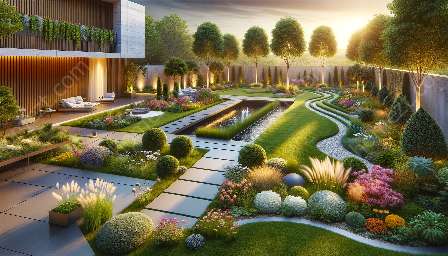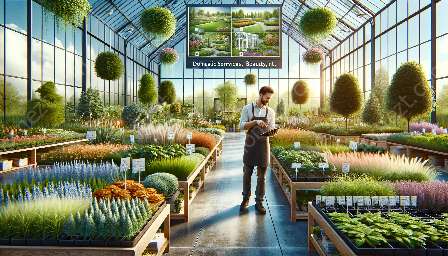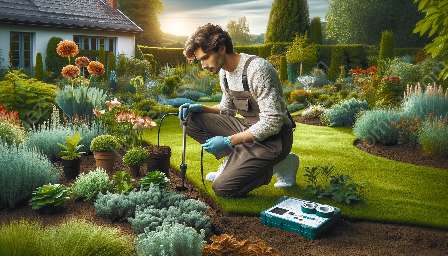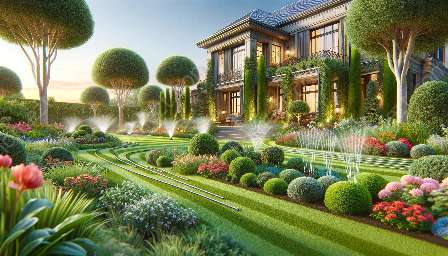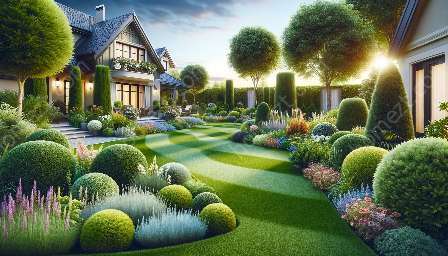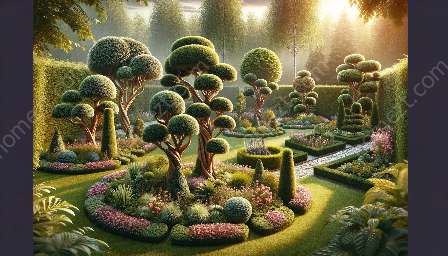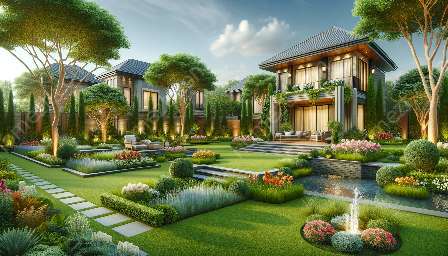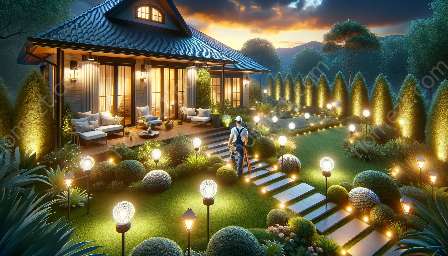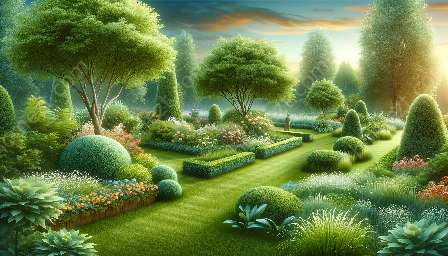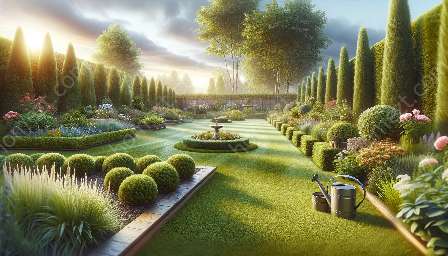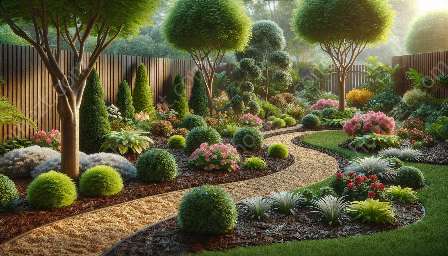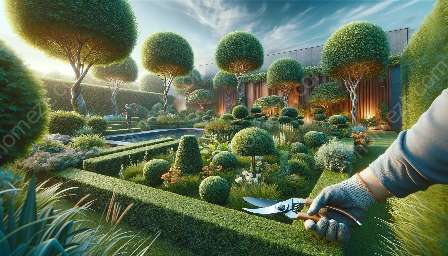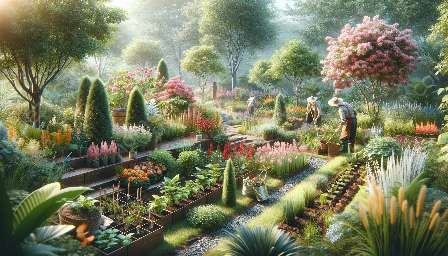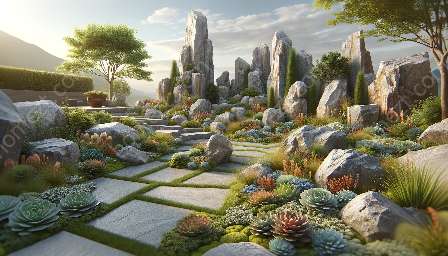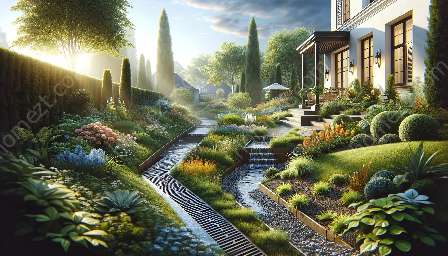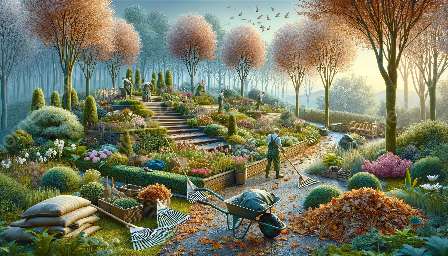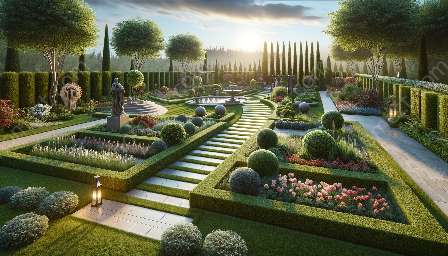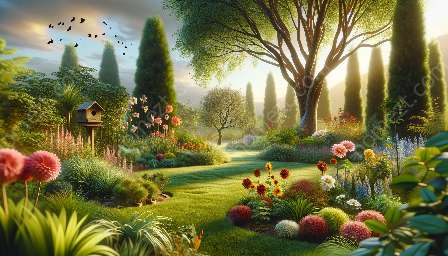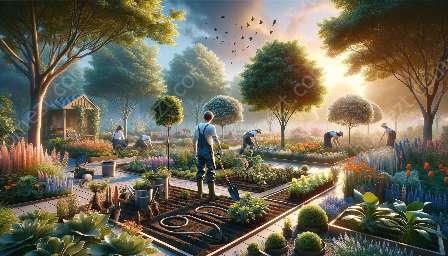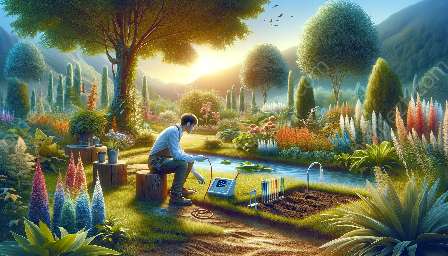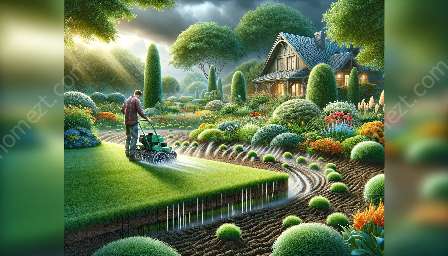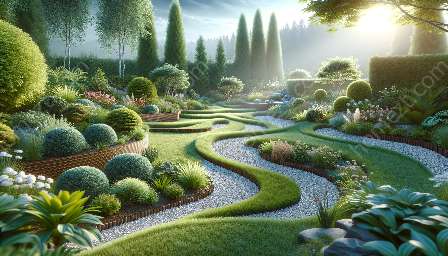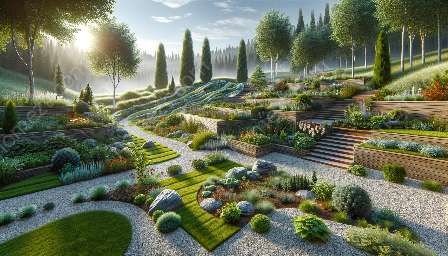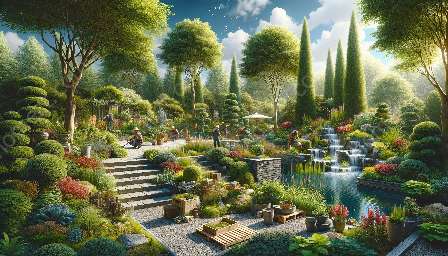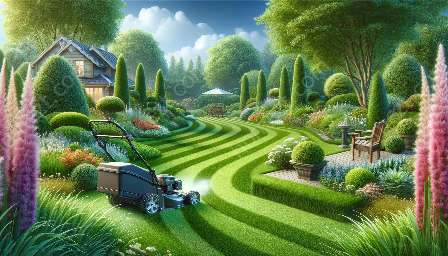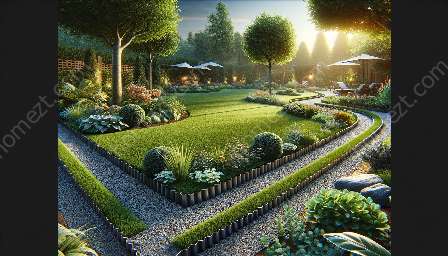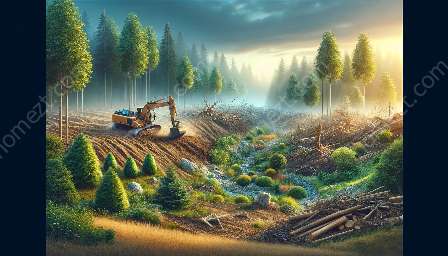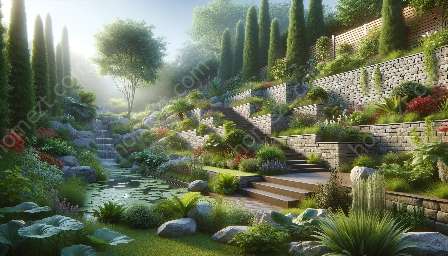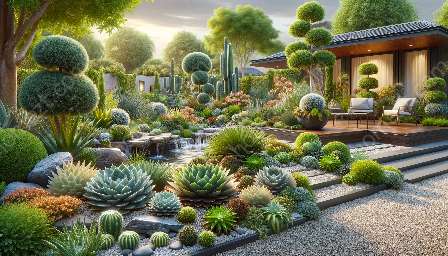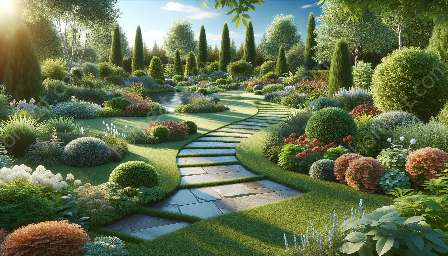When it comes to transforming outdoor spaces, hardscaping plays a crucial role in creating attractive and functional landscapes. From patios and pathways to retaining walls and outdoor kitchens, hardscaping elements provide structure and character to outdoor environments.
Understanding Hardscaping and its Compatibility with Landscaping
Hardscaping refers to the non-living elements in landscaping, such as stone, concrete, and wood features. These elements work in harmony with traditional landscaping, which focuses on living elements such as plants, trees, and grass. When combined, hardscaping and landscaping create a balanced and visually appealing outdoor environment.
The Importance of Hardscaping in Domestic Services
Hardscaping goes beyond mere aesthetics, as it also serves functional purposes in domestic services. For instance, well-designed pathways and driveways enhance accessibility, while retaining walls help with erosion control and create multi-level outdoor spaces. Outdoor kitchens and fire pits extend the functionality of outdoor areas, making them ideal for gatherings and entertainment.
Elements of Hardscaping
1. Patios and Decks: These outdoor living spaces are often constructed using materials such as pavers, bricks, or wood, providing a designated area for relaxation and entertainment.
2. Walkways and Pathways: Fluid pathways made of pavers or flagstones create a sense of invitation and direction within a landscape, connecting different areas of the outdoor space.
3. Retaining Walls: These structures not only address elevation changes but also add visual interest and define specific areas within the landscape.
4. Water Features: Fountains, ponds, and waterfalls contribute to a serene and refreshing atmosphere, enriching the overall landscape experience.
5. Outdoor Structures: From pergolas and arbors to gazebos and outdoor kitchens, these features serve as focal points and enhance outdoor functionality.
6. Lighting: Thoughtfully placed lighting fixtures not only extend the usability of outdoor spaces but also add ambiance and security during evening hours.
Techniques in Hardscaping
1. Mixing Materials: Combining different textures and materials such as stone and wood can create a visually striking and dynamic hardscape design.
2. Proper Drainage: Ensuring efficient drainage systems for hardscaped areas is essential to prevent water accumulation and potential damage to the landscape.
3. Seamless Integration: Integrating hardscaping elements with existing landscapes requires a thoughtful approach to maintain a cohesive and harmonious outdoor environment.
Conclusion: Integrating Hardscaping into Landscaping and Domestic Services
By encompassing both aesthetics and functionality, hardscaping complements landscaping in creating well-rounded outdoor spaces. When considering domestic services, hardscaping elements add value and versatility to properties, elevating them to be more than just visually appealing. By understanding the various elements and techniques involved, one can embark on the journey of transforming outdoor areas into inviting, practical, and alluring spaces.

